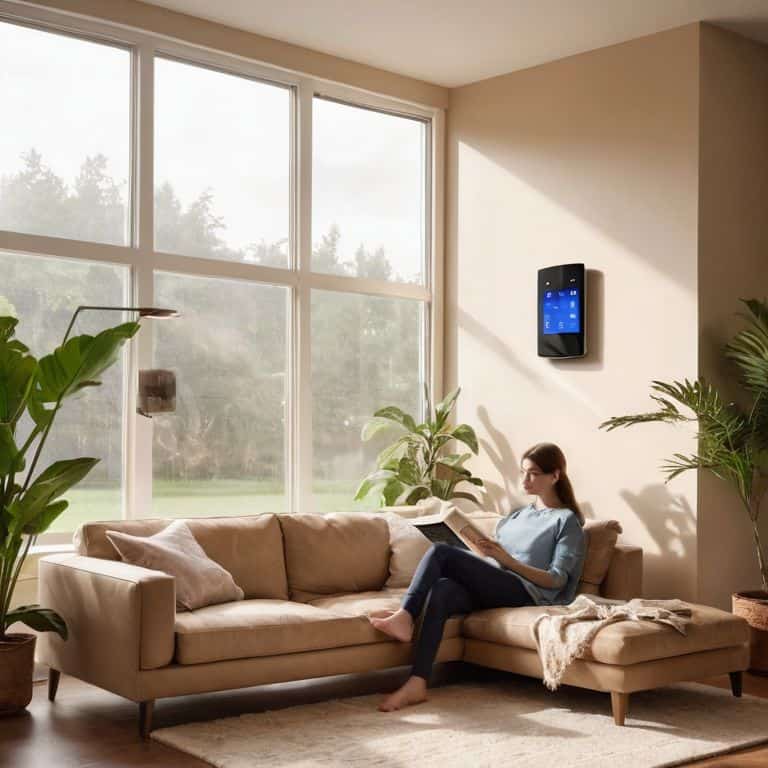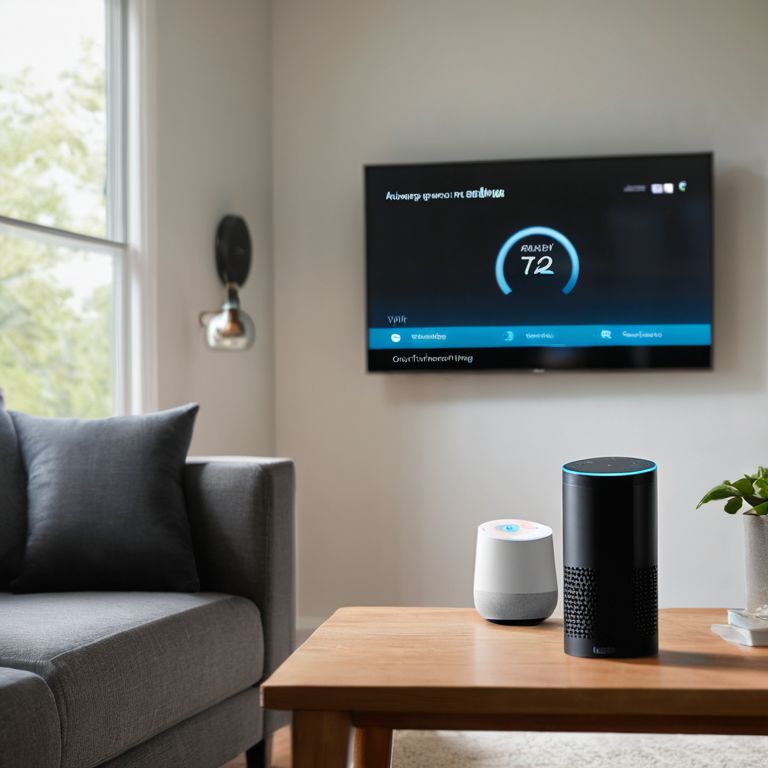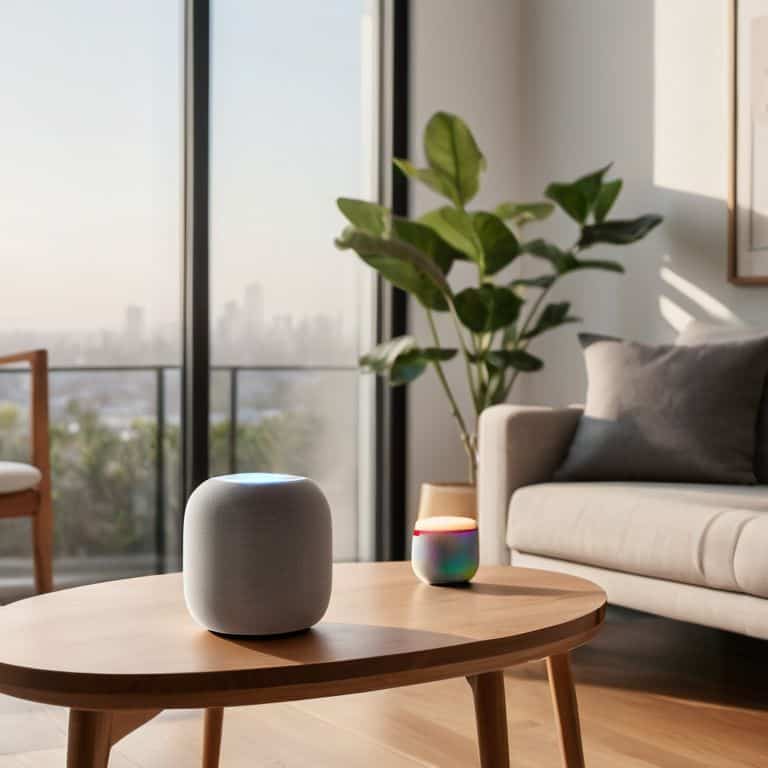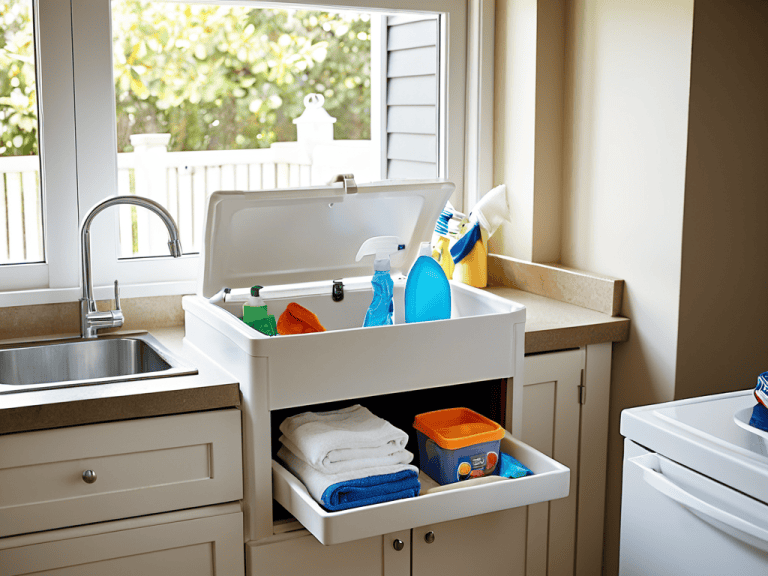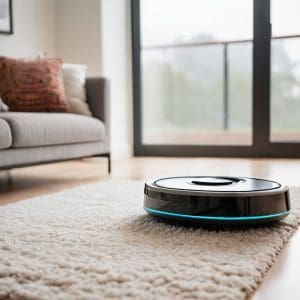I still remember the day I decided to ditch my old thermostat for a smart one – it was like a breath of fresh air in my home. I was tired of the constant temperature tug-of-war, and I wanted a system that could learn my schedule and adjust accordingly. That’s when I discovered the world of smart thermostats, and let me tell you, it’s been a game-changer. If you’re looking for a guide to smart thermostats, you’re in the right place. I’ve been through the trial and error, and I’m excited to share my knowledge with you.
In this article, I’ll give you the lowdown on how to choose and install the perfect smart thermostat for your home. I’ll share my personal experiences, tips, and tricks to help you navigate the sometimes confusing world of smart home technology. You can expect honest and practical advice on how to make your smart thermostat work seamlessly with your lifestyle. From understanding the different types of smart thermostats to integrating them with your existing smart home system, I’ve got you covered. So, if you’re ready to take your home’s temperature control to the next level, keep reading!
Table of Contents
Guide Overview: What You'll Need
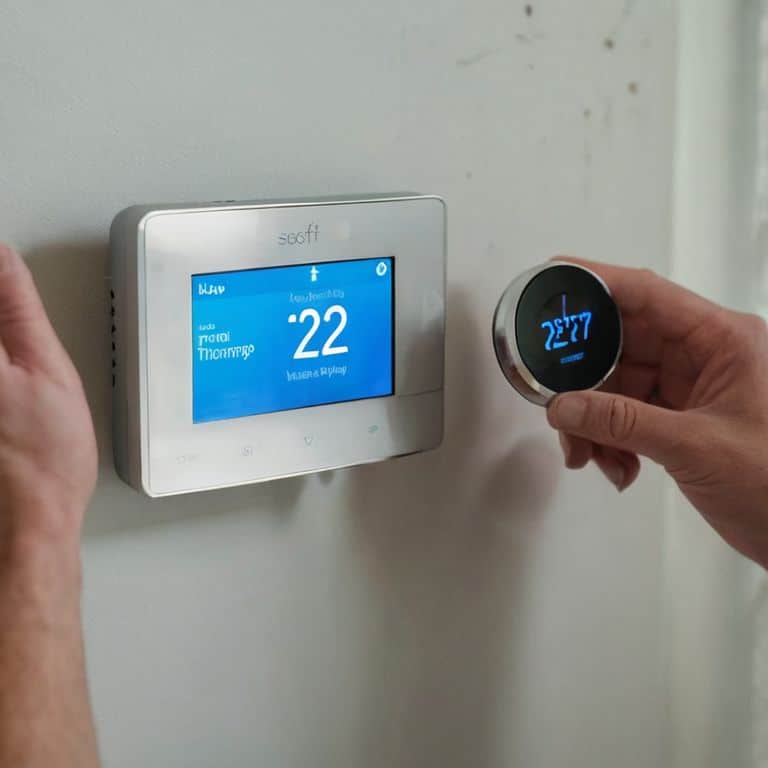
Total Time: 1 hour 30 minutes
Estimated Cost: $100 – $300
Difficulty Level: Intermediate
Tools Required
- Screwdriver (flathead and Phillips)
- Pliers (needle-nose)
- Wire strippers (for 18-gauge wire)
- Voltage tester (non-contact)
- Drill (with 1/8 inch drill bit)
Supplies & Materials
- Smart thermostat device
- Mounting screws (included with smart thermostat)
- Wire connectors (for connecting wires to smart thermostat)
- Power cord (if required by smart thermostat model)
- Level (to ensure proper mounting)
Step-by-Step Instructions
- 1. First, let’s start by understanding what makes a smart thermostat so smart – it’s all about learning your schedule and preferences to provide the perfect temperature when you need it. To begin, you’ll need to choose a smart thermostat that fits your home’s unique needs, considering factors like compatibility with your HVAC system and the number of zones you want to control.
- 2. Next, you’ll need to prepare your home for the installation by turning off the power to your heating and cooling system at the circuit breaker or fuse box. This is a crucial safety step to avoid any accidental starts or electrical shocks during the installation process. Make sure to verify that the power is off using a voltage tester before proceeding.
- 3. Now, it’s time to remove your old thermostat, which usually involves taking out a few screws and gently pulling it away from the wall. Be careful not to touch any of the wires together, as this can cause a short circuit. You might want to take a before photo of the wiring configuration to reference later, ensuring you can correctly connect your new smart thermostat.
- 4. The fourth step involves connecting your new smart thermostat to the existing wiring. This can seem intimidating, but most smart thermostats come with clear instructions and diagrams to help you through the process. If you’re still unsure, consider consulting an electrician or the manufacturer’s support resources for guidance.
- 5. With the thermostat physically installed, it’s time to configure it. This typically involves setting up a Wi-Fi connection so your thermostat can communicate with your home network and any other smart devices. You might need to download an app or visit a website to complete the setup, depending on the manufacturer’s requirements.
- 6. One of the most exciting features of smart thermostats is their ability to learn and adapt to your daily routines. To take full advantage of this, you’ll need to teach your thermostat about your schedule and preferences. This can be done by manually adjusting the temperature at different times of the day or by using geofencing, which automatically adjusts the temperature based on your location.
- 7. Finally, to truly make your smart thermostat shine, consider integrating it with other smart devices in your home. This could mean setting up scenes or routines that adjust multiple devices at once, such as turning on the lights and adjusting the temperature when you arrive home. The key to a seamless smart home experience is interoperability, so look for devices and platforms that play well together.
A Guide to Smart Thermostats
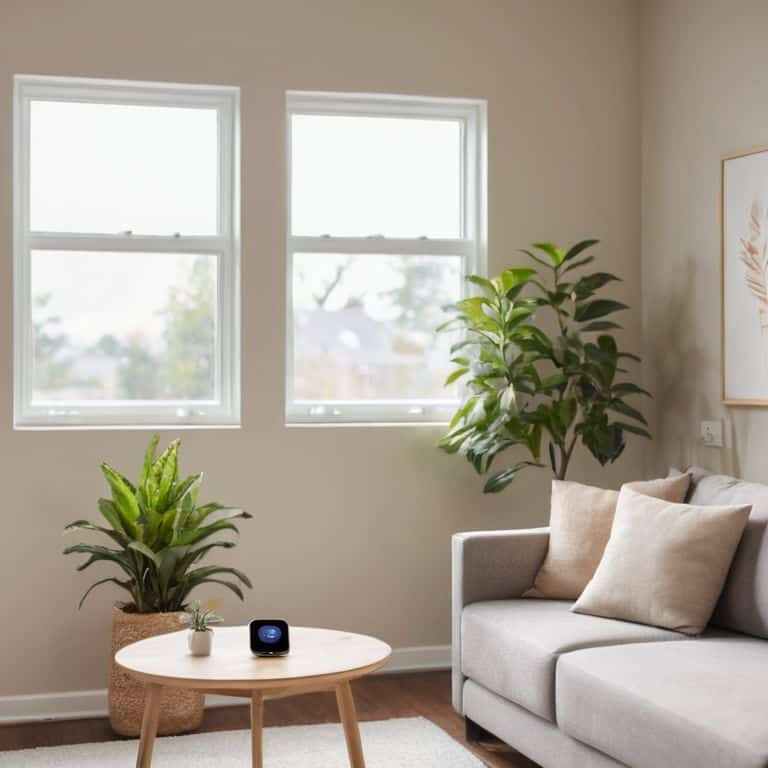
As I’ve delved deeper into the world of smart thermostats, I’ve discovered a few smart thermostat installation tips that can make a significant difference in their performance. One of the most important things to consider is the location of your thermostat. It should be placed in a central area, away from direct sunlight and drafts, to ensure accurate temperature readings. Additionally, geofencing for thermostat control can be a game-changer, allowing your thermostat to adjust the temperature based on your location.
When it comes to choosing a smart thermostat, it’s essential to look at the thermostat energy efficiency ratings. A high rating can lead to significant savings on your energy bill. I’ve also found that smart home integration with thermostats is crucial for a seamless experience. Being able to control your thermostat with a single app or voice command makes it easy to adjust the temperature without having to navigate multiple interfaces.
To get the most out of your smart thermostat, regular thermostat maintenance and troubleshooting is necessary. This includes checking for software updates and ensuring that the device is properly calibrated. By following these tips, you can enjoy a comfortable and energy-efficient home, all while making the most of your smart thermostat’s capabilities.
Smart Home Integration for Efficiency
To take your smart thermostat to the next level, consider integrating it with other smart devices in your home. This is where the magic happens, and your home starts to feel truly automated. By connecting your thermostat to other devices, such as lights and security systems, you can create a seamless experience that adjusts to your daily routine. For instance, when you leave the house, your thermostat can lower the temperature, turn off the lights, and arm your security system with just one tap on your phone.
This kind of integration is what I mean by a “one-button” solution. It’s all about making your life easier and more efficient, without having to constantly monitor and adjust multiple devices. By streamlining your smart home systems, you can focus on the things that matter most to you, like spending time with family or enjoying your favorite hobbies.
Thermostats That Think Ahead Geofencing
Geofencing is a game-changer for smart thermostats. It’s like having a personal temperature butler that knows when you’re coming and going. By setting up a virtual fence around your home, your thermostat can automatically switch to energy-saving mode when you leave and cozy up when you return. I’ve set up geofencing in my own home, and it’s amazing how seamless it is – my thermostat knows when I’m on my way back from a walk and starts warming up the house, so it’s perfectly snug by the time I step inside. It’s all about creating that “one-button” solution I love, where your home just works the way you want it to.
Thermostat Hacks to Save You Time and Money
- Choose a thermostat that learns your schedule and preferences to maximize energy efficiency
- Consider a thermostat with geofencing capabilities to automatically adjust the temperature when you leave or arrive home
- Integrate your thermostat with other smart devices for a seamless and automated home experience
- Look for a thermostat with advanced sensors that can detect humidity, air quality, and other factors to optimize your home’s climate
- Opt for a thermostat with a user-friendly interface and mobile app to easily monitor and control your home’s temperature from anywhere
Smart Thermostat Essentials to Remember
Choose a thermostat that learns your schedule and preferences to maximize energy efficiency and comfort
Integrate your smart thermostat with other smart devices for a seamless and automated home experience
Consider geofencing capabilities to automatically adjust your home’s temperature based on your location, for the ultimate in convenience and energy savings
Smart Temperature Control
A smart thermostat is more than just a device – it’s the brain of your home’s comfort system, learning your rhythms and preferences to create a space that’s always just right, without you ever having to think about it.
Jenna Gable
Bringing it All Together: Smart Thermostat Success

As we’ve explored in this guide to smart thermostats, the key to unlocking a truly smart home lies in combining innovative devices like smart thermostats with seamless integration. We’ve discussed how thermostats that think ahead, utilizing features like geofencing, can learn your schedule and preferences to provide the perfect temperature while saving you money. Additionally, smart home integration for efficiency has been a major focus, showing how different devices can work together in harmony to create a more comfortable, secure, and energy-efficient living space.
As you embark on your own smart home journey, remember that the ultimate goal is to create a space where technology just works, anticipating your needs without requiring constant intervention. By embracing smart thermostats and the principles of smart home automation, you’re not just upgrading your home – you’re upgrading your life, freeing up more time to enjoy the things that matter most to you, and making your daily routines effortlessly easier.
Frequently Asked Questions
How do I choose the right smart thermostat for my home's specific heating and cooling system?
When choosing a smart thermostat, consider your home’s unique heating and cooling system. Think about whether you have a conventional HVAC, heat pump, or something more specialized. Look for a thermostat that’s compatible with your system and offers features like geofencing and smart home integration to maximize efficiency and convenience.
Can I control my smart thermostat remotely using my smartphone, and what are the security implications of doing so?
Absolutely, you can control your smart thermostat from your smartphone – it’s one of my favorite features! Just download the manufacturer’s app, and you’re all set. As for security, make sure to use a strong password and keep your app updated to prevent any potential vulnerabilities.
Are there any compatible smart thermostats that can integrate with my existing smart home devices and voice assistants, such as Alexa or Google Home?
Absolutely, I’ve got you covered. Many smart thermostats play nice with Alexa and Google Home, like Ecobee and Nest. They seamlessly integrate, allowing for voice control and smart home automation. I’ve even written about my own experiences with these thermostats on my blog, so be sure to check that out for more detailed tutorials and tips.




